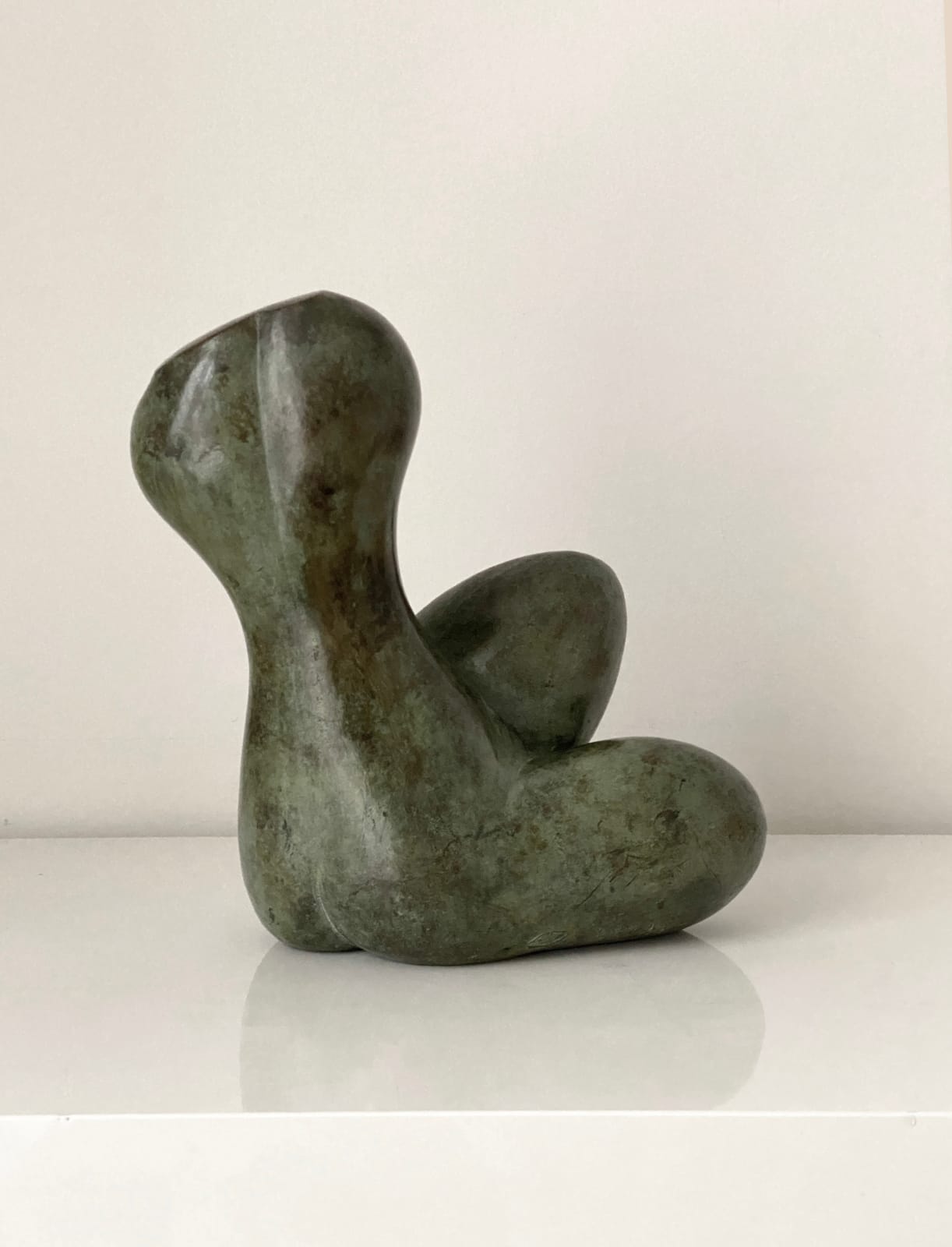Baltasar Lobo
23.5 x 20 x 13 cm
Further images
In 1927, Baltasar Lobo went to study art in Madrid after winning a scholarship, where he would see the works of Miró and Picasso for the first time.
After fighting for the Republicans during the Spain Civil War and the rise of Franco’s dictatorship over the country, Lobo fled with his wife to Paris in 1939 where Picasso and the sculptor Henri Laurens offered the practical help which would allow Lobo to develop his particularly vocabulary of curvilinear forms. Lobo became especially close with Laurens, who gave him his own space and a job in his studio and he would spend years of dedicated, focused study on his craft during this period.
Inspired by Laurens’ work in his studio, Lobo was especially fascinated by the female form. By the 1950s, the visual language of Lobo shifted away from that of Laurens and more towards that of work by Jean Arp and Constantin Brancusi. The period between 1964 and 1980 was particularly prolific for the artist.
Lobo’s forms also drew inspiration from the Cycladic and Iberian art he saw on a trip to the Archaeological Museum in Madrid and applied it to the female body, creating sensuous rounded forms as seen on Torse penché sur la coté in which the torso is created entirely out of simple curving forms: the right thigh is simply an oval. The textured, patinated surface adds to the tactile delight, creating the sensation of skin, invoking the pleasures of touch.







